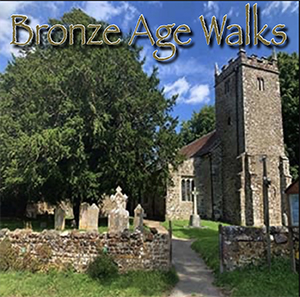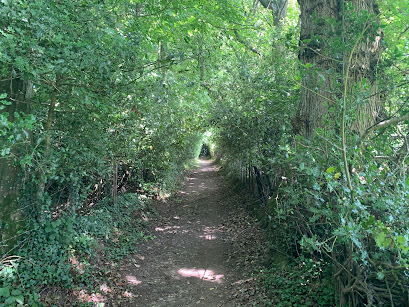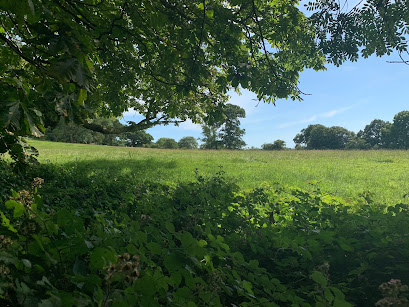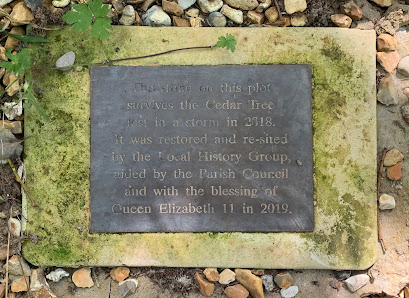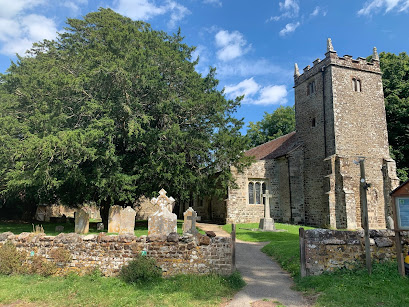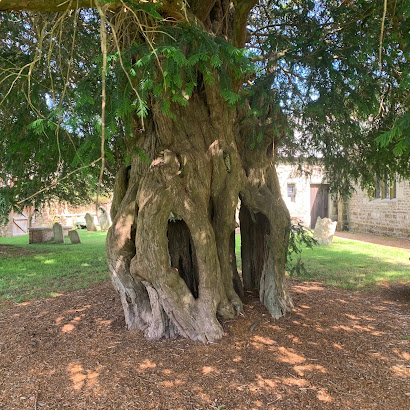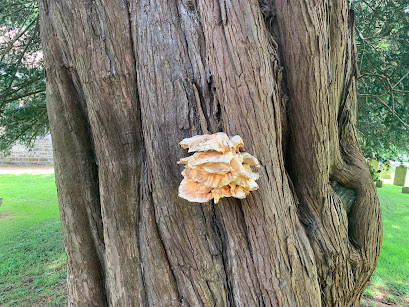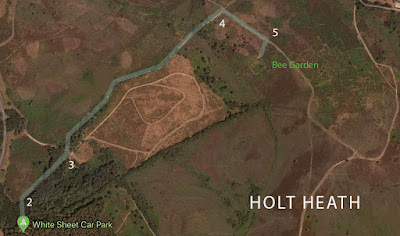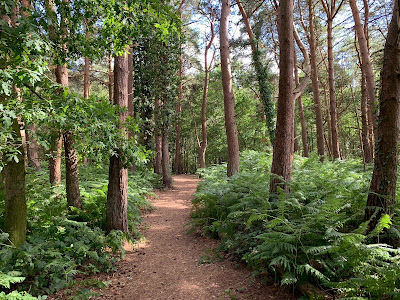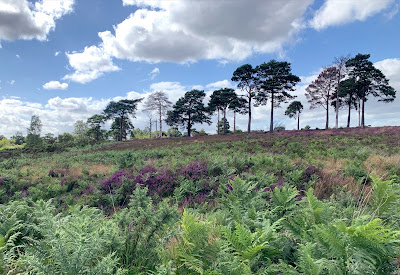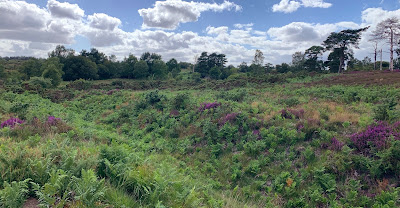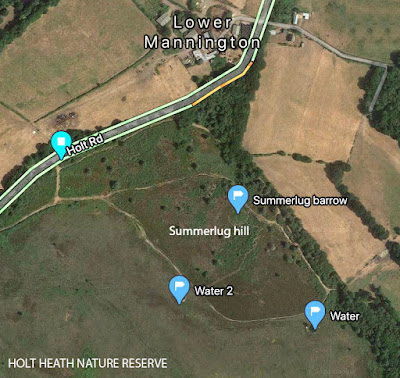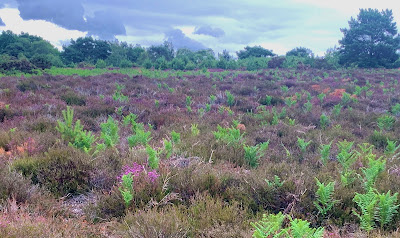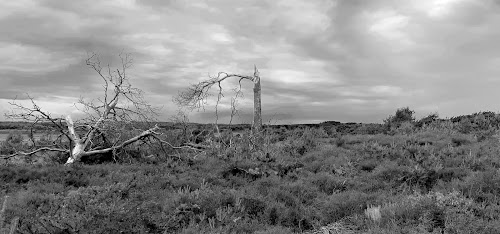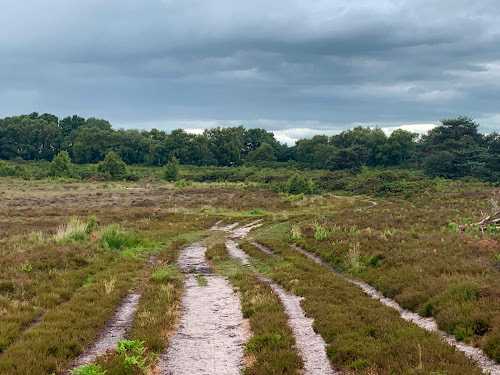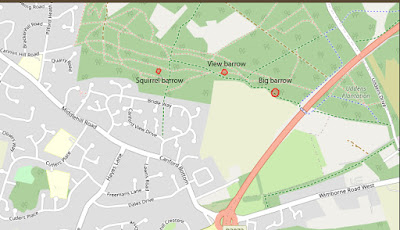Cairn Barnenez, located in the Finistère region of Brittany, France, stands as a remarkable testament to human ingenuity and architectural prowess. This prehistoric burial mound, dating back several millennia, has captivated the imagination of historians and archaeologists alike. In this essay, we will delve into the rich history of Cairn Barnenez, exploring its significance and addressing the question of whether it can be considered the oldest building in the world.
Ancient Origins:
Cairn Barnenez, also known as the "Tumulus de Barnenez," was constructed during the Neolithic period, around 4,500 to 5000 BCE. The cairn consists of two main burial chambers, adorned with monumental stone slabs, which were carefully arranged to create a structure of imposing grandeur. This complex funerary monument was created to honour and commemorate the dead, and it stands as a testament to the early societies' beliefs and rituals.
Architectural Marvel:
What makes Cairn Barnenez truly exceptional is its sophisticated architectural design. Comprising of a long passage leading to a central chamber, flanked by smaller chambers on either side, the cairn demonstrates a remarkable level of planning and engineering skill. Some of the massive stones used in its construction, weigh over 20 tons and were skilfully manoeuvred and placed to create a stable and enduring structure.
Historical Significance:
Cairn Barnenez offers valuable insights into the cultural and social practices of Neolithic societies. The careful construction of the cairn indicates a high level of communal organization and the ability to mobilize significant resources. The presence of burial chambers suggests complex funerary rituals and the importance given to ancestral reverence. The site serves as a link to our ancient past, enabling us to study and understand the lives of those who came before us.
The Debate on Oldest Building:
While Cairn Barnenez is undoubtedly one of the oldest surviving architectural structures, the claim that it is the oldest building in the world remains a subject of debate. As our understanding of ancient civilizations expands, new discoveries constantly challenge previously held notions. Numerous other structures, such as Göbekli Tepe in Turkey or the Megalithic Temples of Malta, have also vied for the title of the world's oldest building.
But if you define a building as a structure made by humans that has a roof and an entrance that people can move in then the Cairn Barnenez in my opinion is the world's oldest building. Attempting to determine the absolute oldest building is a complex task. The dating of ancient structures relies on various factors, including archaeological evidence, carbon dating, and cultural context. It is an ongoing process that requires constant reassessment and reevaluation as new information emerges.
Conclusion:
Cairn Barnenez stands as an awe-inspiring testament to the skills and aspirations of our ancient ancestors. Its construction and historical significance offer valuable glimpses into Neolithic societies and their reverence for the deceased. While it may not be definitively proclaimed as the oldest building in the world, its importance cannot be underestimated. The study and preservation of Cairn Barnenez contribute to our understanding of human history and allow us to appreciate the remarkable achievements of our ancestors.















